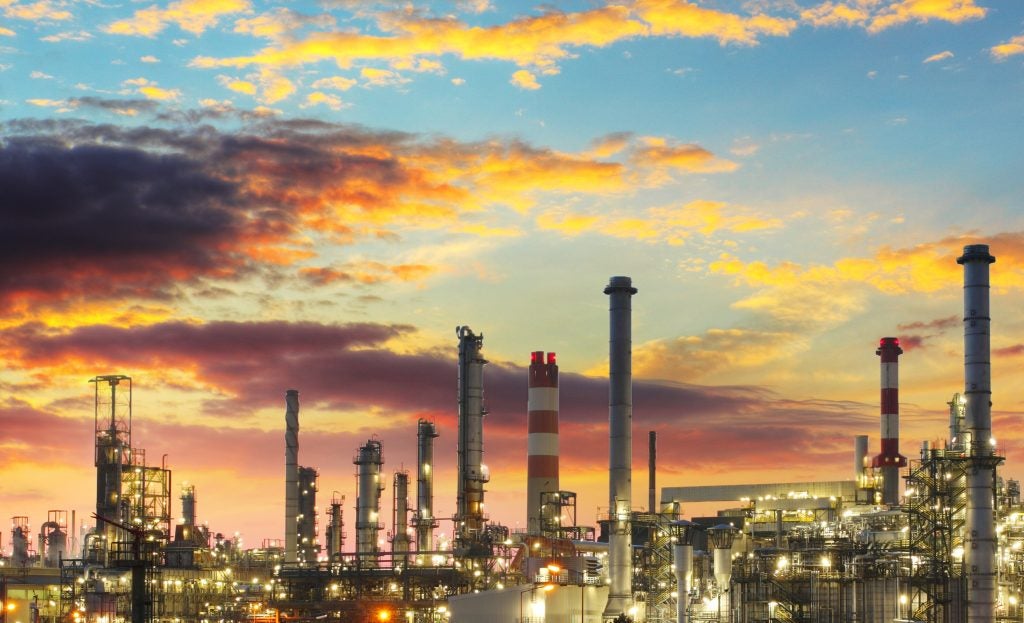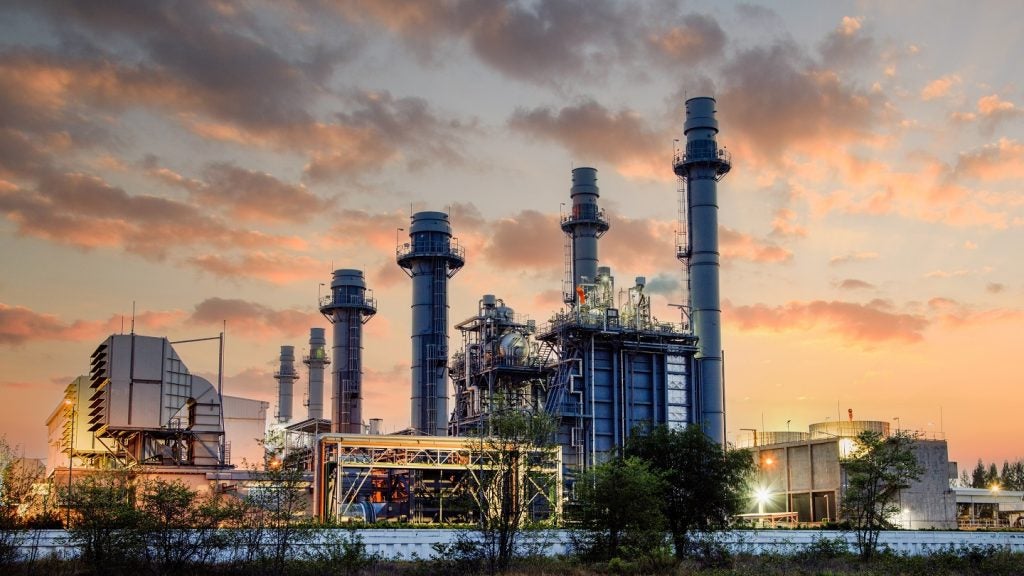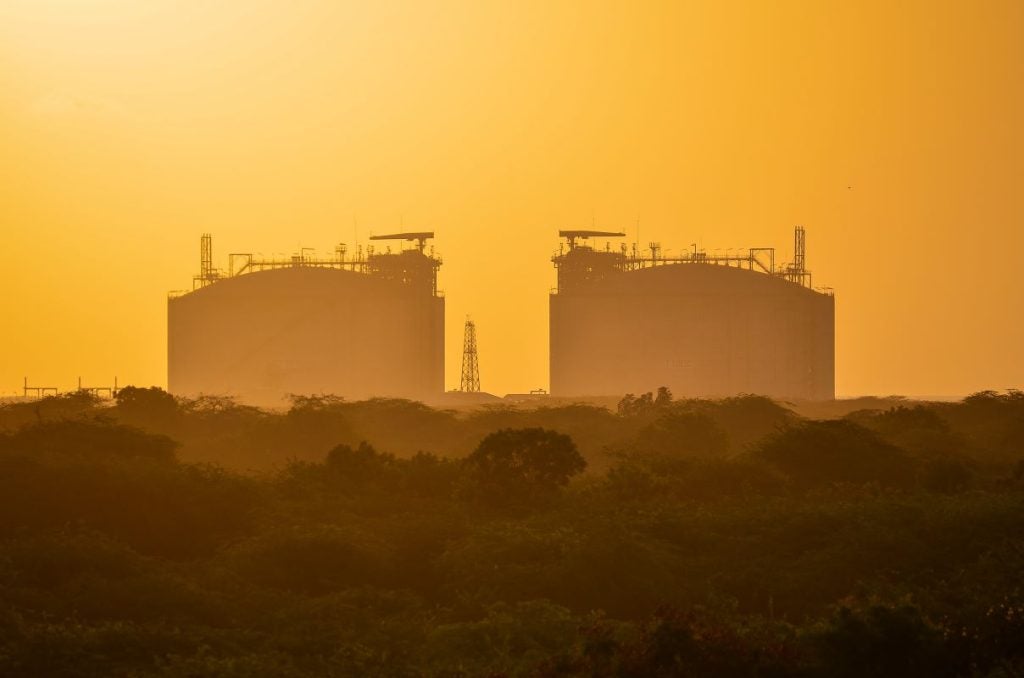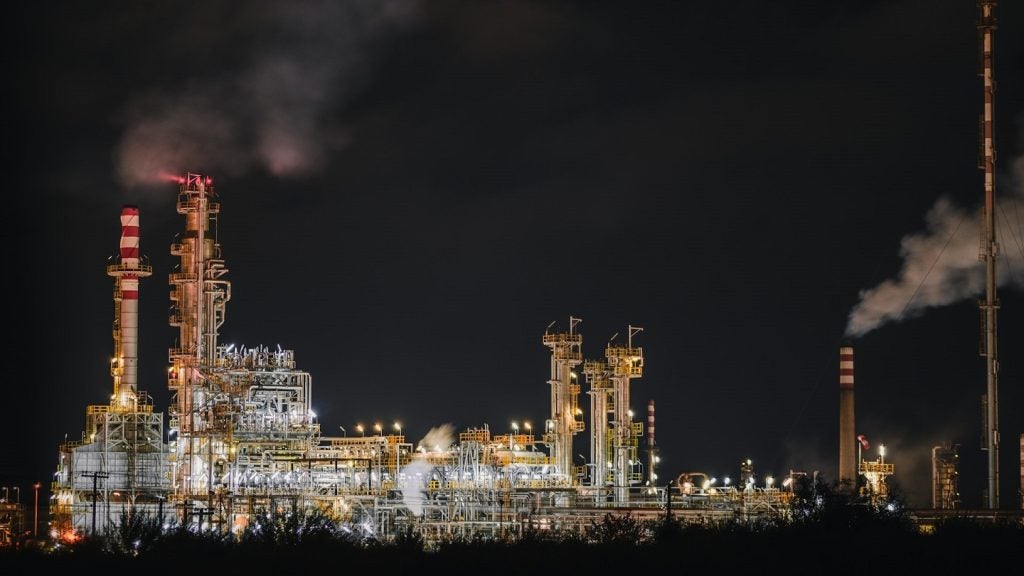Hyundai Oilbank operates the Daesan I coking refinery, which is located in Chungcheongnam-do, South Korea. According to GlobalData, who tracks and profiles more than 1,400 refineries worldwide, it is an integrated coking owned by HD Hyundai, Saudi Arabian Oil, and others. The refinery started operations in 1964 and has a Nelson Complexity Index (NCI) of 10.63. Buy the profile here.
Maintenance activities at Daesan I coking refinery
The Daesan I refinery coking witnessed six incidents during the period 2017-2022.
Upcoming expansion projects at Daesan I coking refinery
CDU, VDU
About Hyundai Oilbank
Hyundai Oilbank Co Ltd (Hyundai Oilbank), formerly Hyundai Oil Refinery Co Ltd, a subsidiary of Hyundai Heavy Industries Co Ltd, is an oil and gas company that produces and markets petroleum and petrochemical products. The company offers low sulphur diesel, kerosene, bunker, LPG, premium gasoline, gasoline, BTX and jet fuel. Its LPG products include propane and butane. Hyundai Oilbank's BTX products comprise benzene and para-xylene. The company provides refining and cracking of crude oil services. It has operations in the UAE, Vietnam, Singapore, China and the UK. Hyundai Oilbank is headquartered in Seoul, South Korea.
For more details on the Daesan I coking refinery, buy the profile here.
Data Insights
From

The gold standard of business intelligence.
Blending expert knowledge with cutting-edge technology, GlobalData’s unrivalled proprietary data will enable you to decode what’s happening in your market. You can make better informed decisions and gain a future-proof advantage over your competitors.







